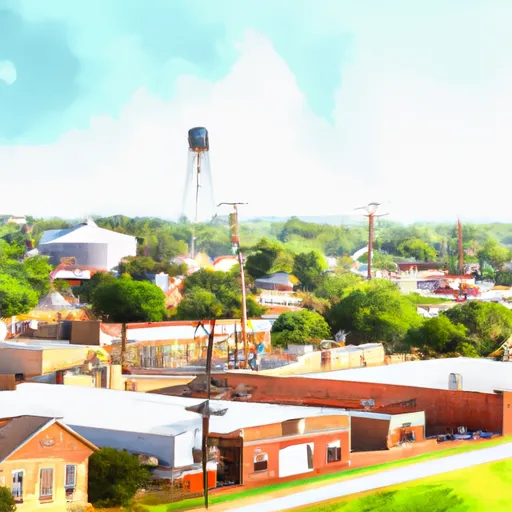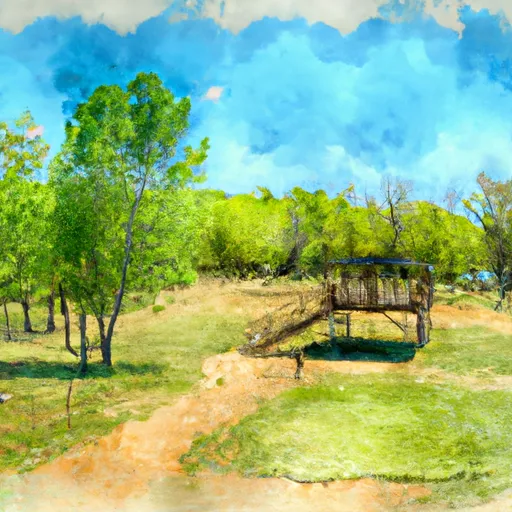°F
°F
mph
Windspeed
%
Humidity











Freestone, Texas is a small rural community located in the eastern part of the state. The climate in Freestone is characterized by hot summers and mild winters, with an average temperature of 70°F. The hydrology constituents of the area include several lakes and rivers, such as the Richland-Chambers Reservoir and the Trinity River. These bodies of water offer numerous recreational opportunities, including fishing, boating, and swimming. In addition, there are also several parks and nature trails for hiking and camping. Overall, Freestone is a great destination for outdoor enthusiasts looking to enjoy the natural beauty of Texas.
Weather Forecast
Freestone receives approximately 1056mm of rain per year, with humidity levels near 84% and air temperatures averaging around 19°C. Freestone has a plant hardyness factor of 8, meaning plants and agriculture in this region tend to thrive here all year round.
Regional Streamflow Levels
42
Cubic Feet Per Second
1
Cubic Feet Per Second
14
Cubic Feet Per Second
1,020
Cubic Feet Per Second
Nearby Camping
| Camping Area | Reservations | Toilets | Showers |
|---|---|---|---|
| Fairfield Lake State Park | |||
| Purtis Creek State Park | |||
| Lake Tawakoni State Park | |||
| Stephen Austin State Park | |||
| Navasota RV Park | |||
| Wind Point Park |



